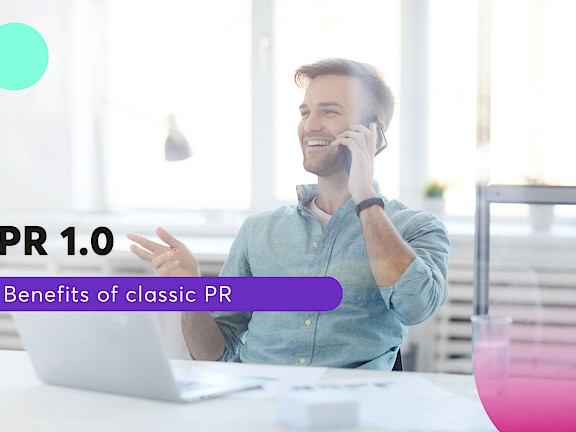PR 1.0: Why good PR are so not yesterday's news
Es gibt heute unzählige Möglichkeiten, um sein Startup zu positionieren. Und es ist sehr wichtig, dass jedes Unternehmen die digitalen Möglichkeiten nutzt, die das Web bietet: Eine SEO-optimierte Webseite, eine informative Facebook-Seite, einen Twitter-Account mit knackigen Statements und und und. In Zeiten von Outbrain, Content Marketing und viralen Kampagnen fragt sich das ein oder andere Gründerteam: Warum eigentlich in Pressearbeit investieren? Eine gute Frage, die wir gerne beantworten:



